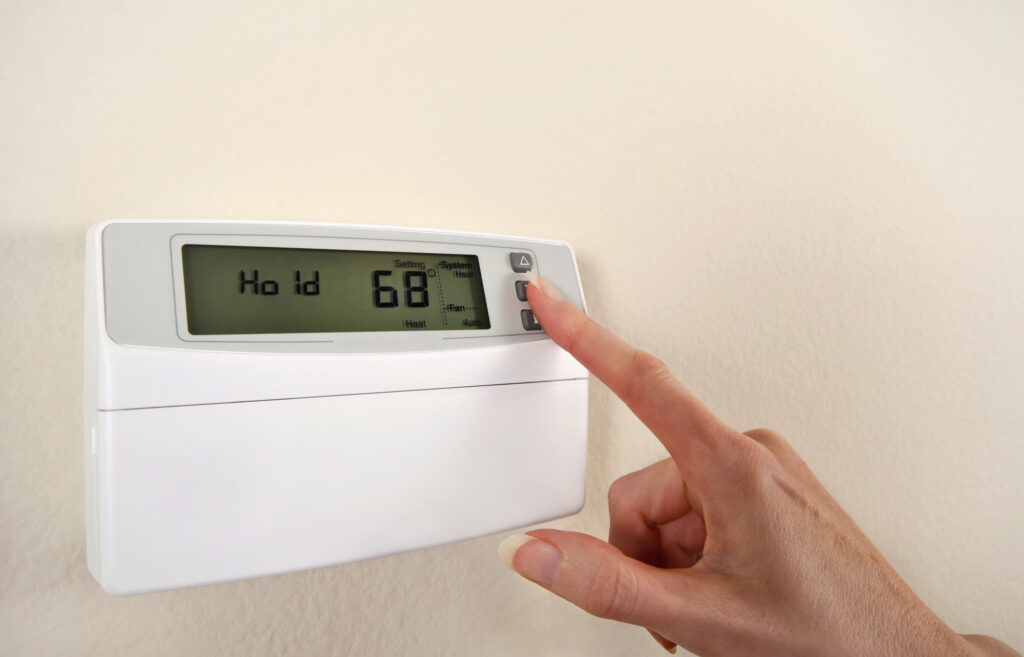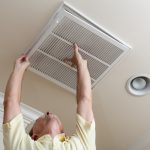Did you know that six percent of all the electricity produced in the U.S. is from residential air conditioning units? Also, homeowners spend more than $29 billion on AC costs each year.
While these statistics may be somewhat surprising, can you imagine not having an air conditioner? Especially when the temperatures skyrocket during the spring and summer months?
If you are like most people, the answer is a resounding “no.” While this is true, you may still be looking for that perfect balance between comfort and cost.
If that is the case, then the information here is likely to prove beneficial. Keep reading to learn how you can find the right AC setting for your home.
1. Use the Recommendations from Energy Star
It’s a good idea to run your AC at no lower than 78 degrees if your goal is to maximize your home’s overall energy efficiency. This is the best way to save money on your home cooling costs.
Also, it’s not as uncomfortable as it may seem. Your home will feel like a pleasant spring day – that’s doable, right?
2. Use Your Ceiling Fan
If you have ceiling fans in your home, it’s a good idea to turn them on. This is going to create a windchill effect, making your home feel cooler even when your AC is set at a higher temperature.
If you live in an area where the temperatures are mild at night, consider shutting your AC unit off completely. You can keep things cool and comfortable by turning on your fans and opening up your windows.
3. Experiment with Different Temperatures
There is no reason for you to be uncomfortable in your own home. As a result, you may need to put some time and effort into experimenting with different temperatures to find the one that works for you and your comfort level.
You can start at 78, and if that is too warm, reduce the temperature by a degree or two. Just remember, the more you lower the temperature, the higher your electricity costs are going to go.
4. Install a Programmable Thermostat
Most programmable thermostats are designed with several settings. In most cases, these include things like sleep, return, leave, and wake up.
This allows you to set the temperature based on your needs at different times of the day. With these settings, your system is going to work more efficiently and keep you comfortable while keeping costs down.
What’s the Right AC Setting for You?
Determining the right AC setting for your home to help you achieve the desired balance between cost and comfort can take some time. However, the effort you put into figuring this out will pay off in the long run.
If you are ready to learn more about your air conditioners and how to keep them running efficiently, be sure to check out our blog on the proper way to clean out your outdoor AC unit.




